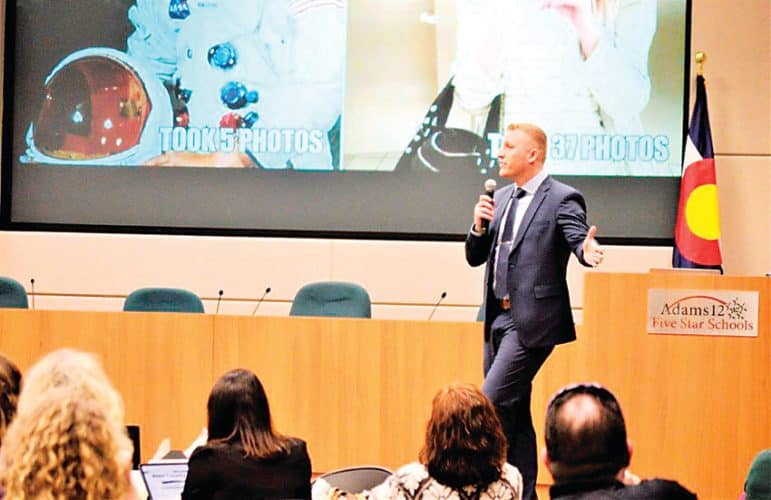Arvadapress.com
Posted Monday, February 11, 2019 7:24 pm
Experts at Thornton seminar urge educators to look at words, online postings for tips.
When it comes to preventing the next Columbine High School shooting, two school security experts urged educators to look at what their students say and where they say it.“A lot of these kids are very open and post things on websites or social media that are clear, explicit comments about the violence they intend to do,” said Dr. Peter Langman, an international expert on the psychology of school shooters. “They might hide their intentions, but a lot of people are very open about what they intend to do. Maybe they think they can post it and get away with it. No one is going to stop them.”
The young people behind the worst school violence don’t always fit the standard stereotype, Langman said at a school threat assessment symposium Feb. 5 at the Adams 12 School District conference center in Thornton.
Potential school shooters are not always outcast white males but can be any race and can come from seemingly good backgrounds, Langman said during the morning session at the day-long conference.
“The only piece of that is largely true is the male piece of it,” Langman said. “There is far more racial and ethnic diversity among shooter than people tend to realize and they can be far more socially successful.”He encouraged educators to look for warning signs among the work students do in school — projects and writing assignments that demonstrate a fascination with guns, a lack of empathy and emotional need for vengeance and violence.“My concern is people are is only looking for someone who is the misfit, the outcast or the loser and the loner,” Langman said, “They’ll miss the actual warning signs that are out there.”
Sam Jingfors presented the afternoon session, devoted to how educators can find and evaluate potential threats. Jingfors is vice president of Safer Schools Together, an organization that trains educators and police on how to use social media to evaluate potential threats and get kids the help they need.
“The threshold is low for how incredibly easy it is to create a fake Snapchat account, post something like this and have it spread exponentially fast and virally throughout your school community creating a moral panic,” he said.”It happens so fast and quite often, it happens when your sleeping.”
The event was organized and sponsored by the Colorado School Safety and Resource Center, part of the state’s Department of Public Safety. The symposium brought teachers, principles, counselor and security staff from across the state together.
Warning signs
Langman noted that April 1999’s mass shooting at Columbine High School was not the first of its kind or the worst but still manages to be one of the most influential. Many subsequent school shooters, both inside and out of the United States, make reference to the shooters in their writings.
“Columbine was not meant as a school shooting but as a terroristic bombing that would destroy the school and everyone in it,” Langman said.
He noted that scope of what the shooter intended went well beyond anything before or after. He noted, too, that the shooters document their plans and their reasons and the story was covered nationally.
“It also occurred right around the time the world was getting online and the start of the 24-hour news cycle,” Langman said. “When it occurred, it just kind of got lodged into the nation’s conscience in that way. It is the one, more than any other attack that people refer back too.”
While Langman told educators the kinds of things to look for, Jingfors told them where to find it online and described methods for locating it. Often, students warn friends to stay away from school before they do something drastic, what Langman and Jingfors called leakage.
He urged educators to keep open communication with students, who can warm them of leaked threat and said schools should encourage each teacher to learn the name of at least one student that is not in any of their classes.
“For all of you that work with youth, you know how impactful that one relationship they have with an adult can be,” he said. “It can’t be understated.”
More wins than losses
It’s an uncomfortable subject to talk about, but worth the time. Jingfors said schools do a much better job intercepting incidents than most people realize.
“We actually have a disproportionate number of wins compared to the losses and I think that’s very important to remember,” Jingfors said. “Those don’t make the headlines and it’s hard to quantify prevention but I can tell you that it’s happening across the country.”
He outlined one scenario that occurred during a seminar he and his staff were presenting. A school superintendent approached him during a break with a Snapchat photograph that she had just received from her staff. The photo, of a hand holding a gun, warned students to stay away from school the next day but was from an unidentified account. She asked Jingfors for help determining if it was a real threat.
“Our analysts were there, they were hungry and they were ready to get to work,” he said.
Jingfors said his analysts were able to quickly trace the anonymous poster’s username across multiple social media and friends’ accounts — across Snapchat, a Steam online gaming account, three Instagram accounts and his Facebook account — to a series of suicidal Soundcloud audio postings linked to a students name.
“Once that information was provided to the superintendent, she was able to make the call she needed and have law enforcement go directly to his house and apprehend him as a risk of suicide,” he said. “They were actually able to get a longer hold than just the typical one for a suicide risk assessment. Law enforcement was able to seize a gun from his house, so it was a good case scenario. It speaks to the timeliness and importance to have someone able to navigate social media for digital threat assessment.”




